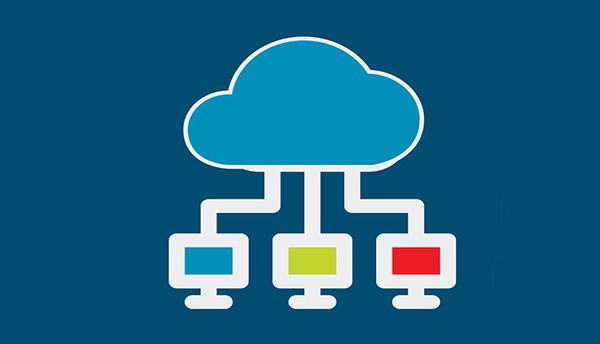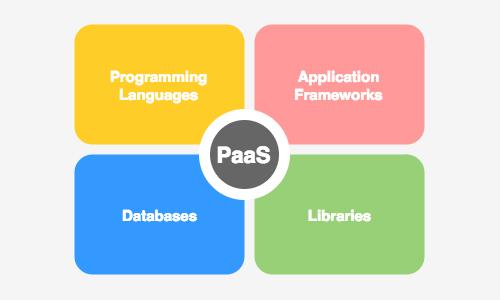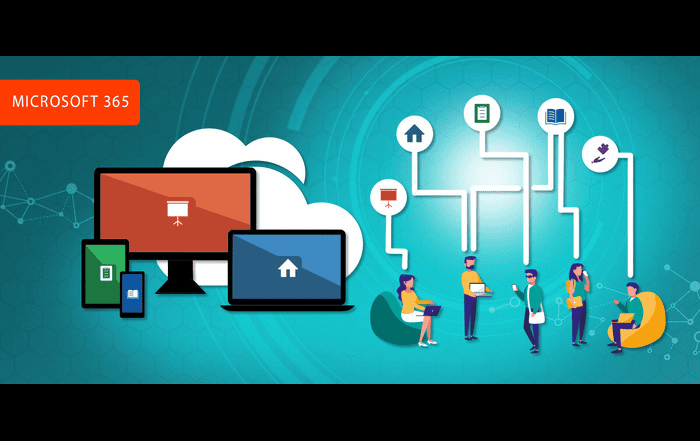
In today’s globalized marketplace, managing huge infrastructure and network is a challenging job. Many companies now-a-days are moving towards the cloud. IT professionals are acquiring the necessary technical skills required for creating and maintaining cloud infrastructures. The word “cloud” means storing or accessing data and programs over the internet rather than own hard drive. Everything now-a-days is moving to the cloud, running in the cloud, accessed from the cloud and stored in the cloud. This cloud model consists of five essential characteristics, three service models, and four deployment models.
Many new ideas like DevOps, infrastructure as a code are actually making the cloud more productive than traditional infrastructure and practices. Training and certifications programs like AWS certified solution architect and Intellipaat DevOps training helps professionals to attain the technical skills required to understand new tools, technologies and practice. Apart from the technical shift, cloud computing also forcing managerial people to see things from a fresh perspective. According to Gartner’s report cloud computing will grow with 21% rate in 2018. Options like private cloud and hybrid cloud are more appropriate for bigger organizations since they are costly alternatives of public cloud. Service models like IaaS, PaaS offers less costly alternatives but with a little cost of data privacy. While choosing a cloud option for an IT environment, look to a data centre provider which offers a cloud service model with immediate, on-demand access to not only infrastructure but also processing, storage and networking resources.
Ask following questions before you choose your cloud platform
- How sensitive is your user data?
- How important is infrastructure security for you?
- Do you have experience to maintain the IT infrastructure?
- What is your cost constraint?
- DO you have trained workforce to maintain the right cloud model for you?
- What is your core business model?
To choose the right cloud model you need to have a clear idea about all the options available in the market. I will cover every model later but the first thing you should have to remember that what is your core business model? Just like any other business decision choosing the right cloud also depends upon the usability and cost of a cloud service which would add a value to your business.
Software as a service (SaaS)
Software as a service model is actually a cloud application which runs entirely over the internet. It is a software distribution model in which a third-party provider host applications and makes them available to customers over the Internet. We can call the SaaS as Web-based software, on-demand software or hosted software. User does not require to install anything in order to use a SaaS application. Usually, a SaaS application is accessible from a browser. Google drive, Google sheets, Citrix Go meeting are some examples of Software as a service. SaaS model is directed towards solving business problems. It is an ideal solution for an organization who does want to have any in-house infrastructure. SaaS is used in a number of common business areas, including customer relationship management (CRM), document management, accounting, human resource (HR) management, service desk management and content management etc. Data privacy in SaaS model is do ensured by SaaS service providers. You do not require any special technical training to use SaaS solutions.
The various characteristics of SAAS are:
- Multitenant architecture – share a single, common infrastructure and code base that is centrally maintained.
- Scalable usage
- Automatic updates
- Accessibility and persistence
Platform as a Service (PaaS)
PaaS or platform as service is an ideal option for developers which provides a platform allowing customers to develop, run, and manage applications without the complexity of building and maintaining the infrastructure which are typically associated with developing and launching an app. PaaS removes the bare metal layer of infrastructure. Users do not have to worry about hardware and OS administration. PaaS provides a reliable and scalable solution for applications deployment. Elastic Beanstalk is an example of PaaS. It let you choose your environment from many pre-assembled hardware and OS options. PaaS allows you to avoid the expense and complexity while buying and managing software licenses. By using PaaS you can use most modern infrastructure. User data privacy in PaaS is covered by service level agreement of PaaS solution providers.
The various characteristics of PAAS are:
- Runtime Framework
- On-demand self-service
- Automation
- Resource pooling
- Rapid elasticity
- Unlimited Database Customization
Infrastructure as a service (IaaS)
It is a form of cloud computing which provides virtualized computing resources via internet. It manages the creation of a virtual machine and decides on which physical host to start it, enables VM features between hosts, allocates storage volumes and attaches them to VMs. In IaaS you can access bare metal machines like servers, networking devices etc. By using IaaS you can control your service more than other models. It gives you the freedom to decide which kind of security you like to implement on your infrastructure. Access control list, firewalls etc are some security features that can be used to fine-tune your security setting on the cloud. But this security comes with a little price. IaaS solutions are costly than PaaS and SaaS. AWS EC2, cloud are examples of IaaS platform. IaaS is more appropriate options for organizations who have in-house IT infrastructure and want to migrate some of their infrastructure over the cloud. If an IaaS provider experiences network issues or any form of internal or external downtime, then the users’ workloads will be affected. In addition, because IaaS is a multi-tenant architecture, the noisy neighbour issue can negatively impact users’ workloads. To drive load balancing to maintain the application availability and performance a user can implement many policies.

( SAAS vs PAAS vs IASS)
Here are some more criteria to consider for selecting a cloud deployment model.
Public Cloud
The public cloud is defined as the computing services offered by third-party providers via public Internet, making them available to anyone who wants to use or purchase them. They may be free or sold on-demand, allowing customers to pay only per usage for the CPU cycles, storage or bandwidth they consume. This type of cloud environment is appealing to many companies because it reduces lead times in testing and deploying new products AWS and Azure is an example of the public cloud. Public cloud is a cheaper alternative than other options like private cloud and hybrid cloud. Public cloud providers cover user privacy as part of service level agreement. Still some organizations like banks do not rely on public cloud at all. The idea to store personal user data on a third party infrastructure is still scary for some organizations. Although most public cloud facilities are some of the most modern and most secure data centres on planet. AWS, Azure are examples of public cloud.
The various features of public cloud are:
- Ultimate Scalability
- Reliability
- Cost Effective
- Flexibility
- Location Independence
Private Cloud
The private cloud is defined as the computing services offered either over the Internet or a private internal network. Usually, organizations which have global operations use private cloud for their internal use. Private cloud solution is most costly among public and hybrid cloud. Since it’s not possible to access the private cloud from outside, it is considered as the most secure option on the cloud. In a private cloud, the services, infrastructure the hardware and software are dedicated solely to your organisation. Private clouds are often used by government agencies and financial institutions. The organization has to buy servers and networking devices and create a private cloud on premise. KVM, Cloud stack, eucalyptus are some popular tools and technologies to create private cloud facilities. These facilities are ideal to power global infrastructure and require a huge amount of money to create and maintain them.
Advantages of a private clouds:
- More flexibility—An organization can customize its cloud environment to meet specific business needs.
- Improved security—Higher levels of control and security are possible because resources are not shared with others.
- High scalability—private clouds afford high scalability and efficiency than a public cloud.
Hybrid Cloud
A hybrid cloud is an integrated cloud option which comprises advantages of both public cloud and private cloud. You can use the public cloud for high-volume, lower-security needs such as web-based email and the private cloud for sensitive operations like financial reporting. It’s a cheaper option of private cloud but it is more secure than a public cloud. A hybrid cloud is an on-premise facility which can be accessed over cloud or internet. The hybrid cloud is basically a result of reducing the cost of private cloud. In hybrid cloud we have some servers which are totally not accessible over internet and some servers which act as public cloud and can be accessed over the internet. Usually private cloud facility holds data which is sensitive in nature. Public cloud and private cloud part together act as load balancer and create a highly available, fault-tolerant and secure solution. Citrix hybrid cloud, Dell EMC hybrid cloud are some examples of hybrid cloud.
Advantages of hybrid clouds:
- Control— The organization can maintain a private infrastructure for sensitive assets.
- Flexibility—In the public cloud whenever needed you can take the additional resource advantages
- Cost-effectiveness—You only pay for extra computing power only when needed.
- Ease- Transitioning to the cloud does not have to be overwhelming because you can migrate gradually,phasing in workloads over time.
( Hybrid vs Private vs Public)
After understanding the various models of hosted resources, whether they are software (SaaS cloud model), platform configurations (PaaS model) or infrastructure (IaaS cloud model), you can suggest a solution to suit your business requirements, and meet technical objectives.







